By Rebecca Tudor
Every year, the American Bankers Association releases an annual calendar including specific dates for consumer awareness observance days. While “Earned Income Tax Credit Awareness Day” might not have the same ring as Halloween or Independence Day, such observance days can be incredibly useful for taking a moment to assess your own financial status and learn something new about managing your wealth.
This year, we’ll be following the ABA’s calendar closely, tying in articles to provide some extra information for you to celebrate observance days. Pay close attention—we may even be running special events to celebrate some of these festivities at our office locations!
Read on to see the ABA’s schedule for 2018. Each month will provide you different financial perspectives, so we challenge all Milford Bank customers in Milford and Stratford to get creative and show us how they plan to celebrate!
January
1/26: Earned Income Tax Credit Awareness Day
1/28: Data Privacy Day
1/29-2/2: Tax Identity Theft Awareness Week
February
2/26-3/3: America Saves Week
March
3/4-3/10: National Consumer Protection Week
3/20: National Agriculture Day
April
National Financial Literacy Month—celebrated all month
Records and Information Management Month—celebrated all month
4/1: National 1 Cent Day
4/16-4/22: National Health Care Decisions Day
4/17: National Tax Day
4/20: National Teach Children to Save Day
4/29-5/5: National Small Business Week
May
Older Americans Month—celebrated all month
Military Appreciation Month—celebrated all month
June
American Housing Month—celebrated all month
National Internet Safety Month—celebrated all month
6/15—World Elder Abuse Awareness Day
6/28—National Insurance Awareness Day
July
National Make a Difference to Children Month—celebrated all month
August
Back to School
September
College Savings Month—celebrated all month
National Preparedness Month—celebrated all month
9/9—National Grandparents Day
October
National Cybersecurity Awareness Month—celebrated all month
National Crime Prevention Month—celebrated all month
Family Health Month—celebrated all month
10/1-10/5—Customer Service Week
10/1-10/5—Financial Planning Week
10/18—Get Smart About Credit Day
November
Military Family Month—celebrated all month
National Scholarship Month—celebrated all month
National Family Caregiver Month—celebrated all month
December
Identity Theft and Protection Awareness Month
At The Milford Bank, we’re committed to helping you stay focused on your bottom line all year round. So be sure to check out the ABA calendar and find some topics that pique your interest, as we’ll be putting together supplemental educational resources to correspond with the ABA’s observance days throughout 2018.
If you’re interested in learning even more about a particular subject from the calendar, be sure to check out our Online Learning Center too. It’s a wealth of resources designed to help all our customers achieve the best possible financial outcome for their family’s needs and wants. To learn more, click here.



